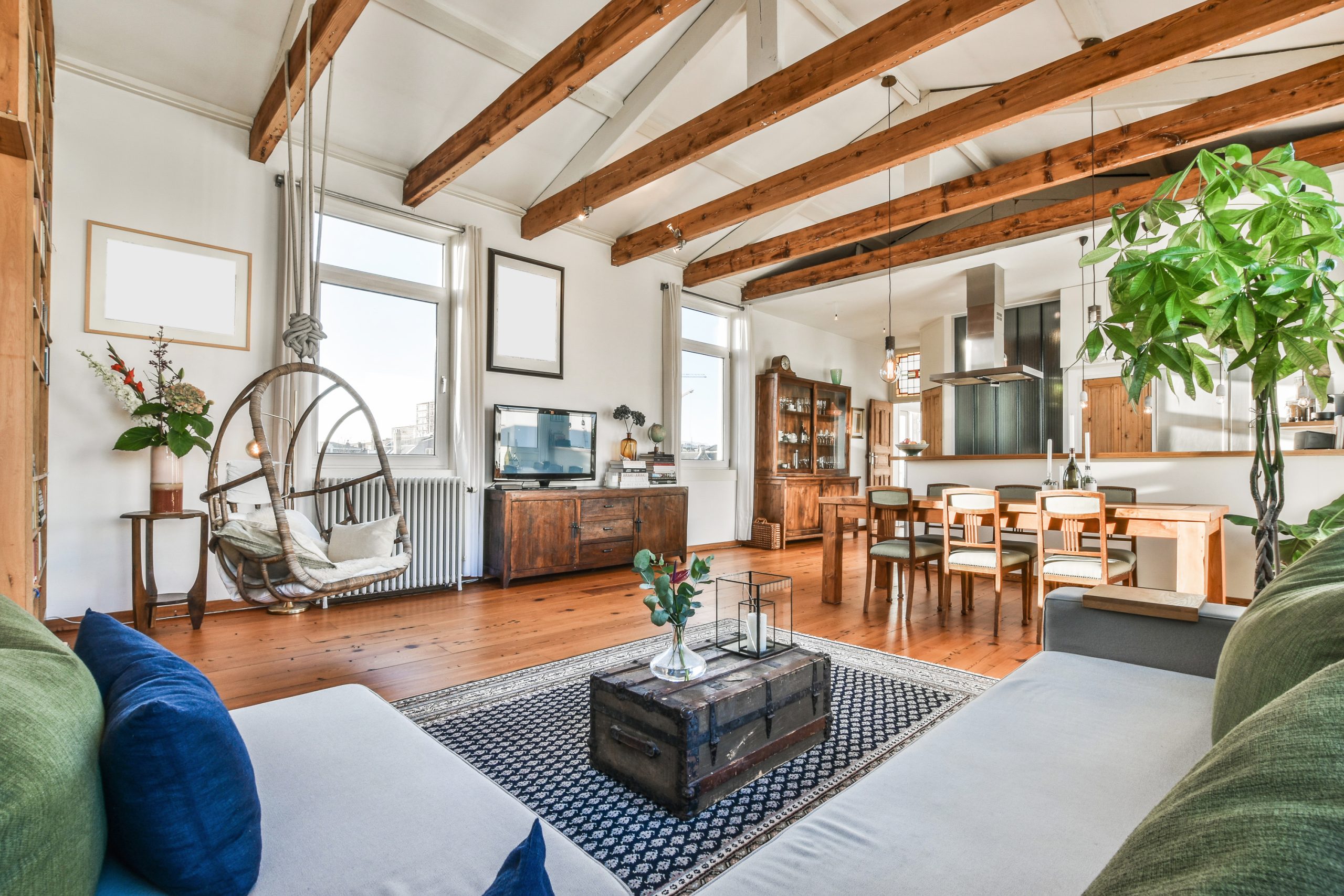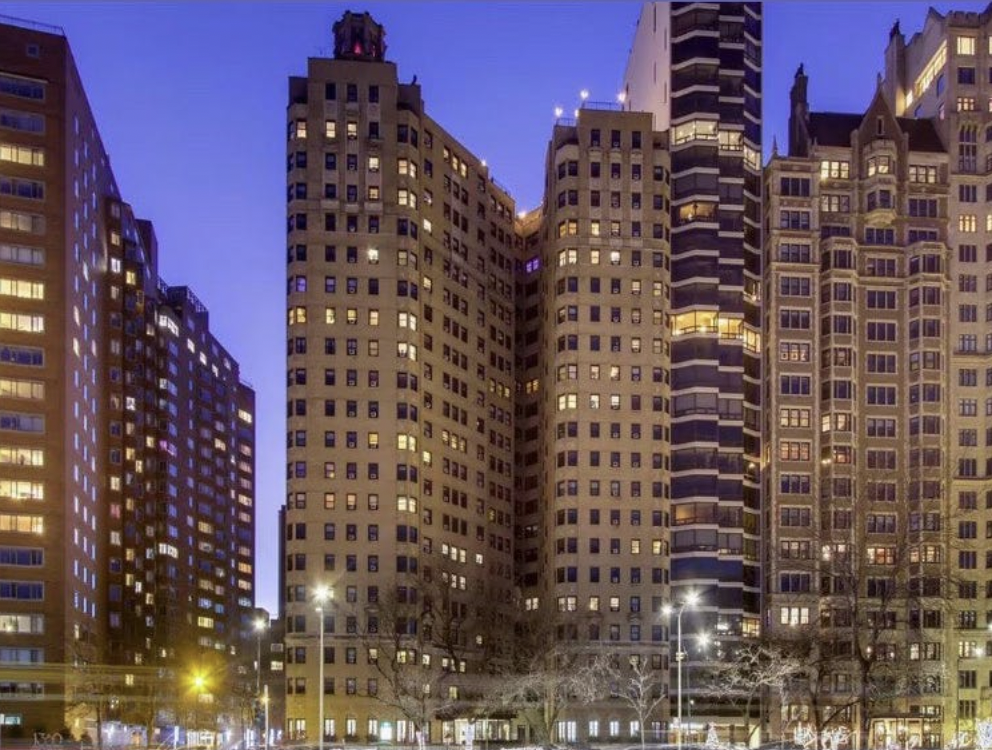
The Illinois Condominium Property Act was passed in 1963 and with it came a whole new way to look at urban housing. Residents who rented for years or sometimes decades could now own their apartments as a single piece of property for the same or sometimes less than what they paid in rent every month. Cities liked condos too. Multiple pieces of property within one building resulted in a higher tax yield than a single 1 PIN building. This first condo wave saw new build projects like the corridor of high rises on North Sheridan or Lake Shore Drive, as well as recently completed large scale rental projects like Marina City and Sandburg Village, go condo within about a decade of their construction.
As this first wave of “condomania” grew, the next step after posh midcentury high rises was the conversion of the privately owned, turn of the century low rise apartment buildings. Long time landlords were happy to ditch stagnating rents and growing overhead like taxes and energy costs eating into their rental profits, and the prospect of selling each unit rather than the whole building for a higher net return was sounding pretty great. This trend started to kick off in the early to mid-70s in neighborhoods like Lakeview, Lincoln Park, Edgewater, Hyde Park, Kenwood and Uptown. Back then, it was common practice for these smaller landlords to just sell the unit without rehabbing it to the tenant, and if the tenant wasn’t interested (even under pressure, which was commonplace), they’d exercise the very lax pre-1978 tenant kick out rules to find a buyer.
On the left, the first condo conversion in Chicago at 55th and Everett. On the right, the first ground-up condo in Chicago at 339 Barry.
The reason so many of the condos in these areas look how they did both internally and externally when they were originally built as apartments over 100 years ago is economic over aesthetic. Small landlords wanted to have to do as little work as possible to maximize their profits. After the building goes condo and after the articles of incorporation are issued and the control is shifted from the landlord to the HOA, changing a unit’s layout and moving common plumbing and electric around to accommodate a single unit’s needs is extremely difficult to orchestrate. This level of construction in one unit depends on the cooperation of the entire HOA who all have a shared interest in the building’s utilities.
Abuses by landlords and builders in early condo conversions drew eyes and lots of media attention in the late 1970s. This led to several amendments to the 1963 ICPA act. These extra compliance hoops meant that what was once relatively easy process of landlord selling direct to tenant/buyer turned into landlords taking the easy buy from developers who dealt with the compliance hoops and tenant move outs and then did the conversion and sell out themselves.
Around the same time, turbulent inflation caused the Fed to raise interest rates, pushing the average mortgage rate to the high teens and causing a recession, pumping the brakes on condomania and the housing market in general. In addition, the 1980s saw a new wave of suburban sprawl by the first generation of baby boomers leaving city life, starting families, and buying single family homes. In this decade, Chicago saw its biggest net population loss (10.7%) since its incorporation, further damaging the city condo market in the following years.
In the late 80s and early 90s, a new generation of upwardly mobile urbanites began to move into the city en masse. This coincided with the American economy at large moving away from heavy manufacturing leaving massive vacant industrial buildings in core urban neighborhoods. At the same time, the lore of the downtown New York artist type and their takeover of these massive raw loft spaces had grown to epic proportions. The loft conversion eventually began to become the vanguard housing model of the new yuppie urban living takeover of the 1990s. These long suffering 100 year old industrial buildings in River North, South and West Loop, West Lincoln Park and Bucktown were converted by developers at first to huge and raw to eventually to tiny “soft” lofts ushering into the mainstream open concept with all the living and kitchen space in the open and on display, a look that remains prevalent in condos today.
A “hard” loft (left) vs. a “soft” loft (right).
The early 2000s saw a tremendous rise of subprime loans. Purchases originally financed by FHA conforming condo loans in the 60s and 70s eventually gave way to more subprime products, which with their ridiculously lax borrower qualifications and deliberately confusing interest structures significantly broadened the base of prospective home buyers and those looking for cheap money for investments. Demand for more and more of these mortgages to securitize from investment banks pushed rate structures and qualification standards from originators even lower.
2005 saw the biggest year for condo deliveries since the late 1970s with 3,975 units coming to market. Much of this was centered on the then booming ground up River North tower market. But for developers looking for a lighter lift, what housing stock ripe for buyers was left to convert after the 2 previous conversion waves? Along with the conversion of the “B” stock of 70s and 80s downtown high-rises, rumbles of gentrification saw developers take big speculative bets and to look south and west.
Similar to practices in the mid-1970s, turn of the century apartment buildings were in developers’ crosshairs but this time in Logan Square, Humboldt Park, Near West Side, Albany Park, and Bronzeville. What was different this time for conversions? Builders now knew simply parceling off the existing units and selling them like we saw in the 1970s was impossible, so they started thinking: money is cheap, land in these neighborhoods is cheap why not gut the building, give buyers that of the moment “open feel” and fatten the margins more. If the building can’t support these trendy open floor plans just tear it down and build new.
Waves of teardowns also rolled through neighborhoods where land was cheap. These were often in areas adjacent to neighborhoods with an already ”it” status. Think East Humboldt and East Village to Wicker Park, West Lakeview and Bucktown to Lincoln Park etc. Even when there were not sufficient comparable sales for appraisal in these neighborhoods, lending practices at the time were so loose that builders were still confident the buyer could get a loan approval and close.
The “Recession Special” is what I’ve dubbed this particular style of early-mid 2000s condo.
One of the most visible reminders of the subprime mortgage crisis locally is the sea of these hastily built, remarkably similar condos, many of which were still underwater from their initial sale price until just the last few years. You know which I mean: The brown cabinets, the Brazilian cherry floors, weirdly placed exposed brick, huge bedroom in the back and the kitchen plopped in the center of the living room. Many in real estate communities call them “The Recession Special” and if you had one of these listings in the 2010s you knew how difficult they could be to sell.
No condos languished on the market post ’08 quite like the original apartment-to-condo-conversions in Streeterville, Gold Coast, Old Town. In the last 15 years, demand has been so low in some of these buildings that many HOAs found selling the buildings in their entirety to investors who would then DE-convert them back to apartments was a better chance to get out from under their pre-recession buy price. After a big wave of these projects in the 2010s, changes to recent laws have upped the owner voting percentage minimum from 75 to 85% for a deconversion to pass. This, along with massive changes in debt accessibility has stemmed growth of the deconversion market especially in large downtown buildings.

1400 Lakeshore Drive: The most well-known condo deconversion in Chicago.
The Covid buyer frenzy has been the latest shake up in the condo market. Over the last 2 years, condo demand is the strongest it’s been since 2006. Low rates have been the main driver but soaring single family home prices, abysmal existing inventory on market, and a return from covid exoduses to urban life all seem to be at play. Still, very little new condo stock is being added each year. In the entire City of Chicago, there are currently only 233 new construction condos on the market, in January 2008 there were 4,033.
Today we see cranes everywhere, new permits on old buildings, whole neighborhoods being created. Next to NONE of these are for sale. What are we building now, what aren’t we building now and why you might never see a new construction condo outside of the luxury market again.
Stay tuned for Part 2: Cranes Don’t Equal Condos?

Charlie Cohen is a Senior Broker and Sales Leader at Cross Street.
Throughout 10 years in Real Estate and as a Senior Broker at Cross Street, Charlie has closed hundreds of deals from apartment leases to sales of multimillion dollar homes and apartment buildings, cafes, industrial space and everything in between. Charlie uses his network and background in investment property acquisition, management and construction to apply an analytical approach to home buying, from helping clients understand the importance of different period aesthetics and build quality to financial analysis and specifically tailored borrowing options.
Join our mailing list to receive notifications every time a new blog post is live.